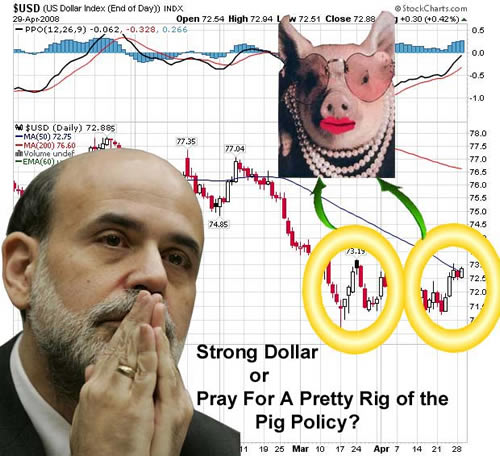
Read the Transcript
Read the transcript of The Exchange Stabilization Fund with Rob Kirby
here (PDF)
Listen to the Interview MP3 audio file
Read the Money & Markets Notes
Read the notes from this week’s Money & Markets here (PDF)
Listen to the Money & Markets MP3 audio file
March 16 – Precious Metals Market Report with Franklin Sanders
March 23 – Unpacking Your Financial Ecosystem
March 30 – Cardiac Arrest with Howard Root
Subscriber Links:
Catherine’s Recording Chonology – Notes
“The important thing to know about an assassination or an attempted assassination is not who fired the shot, but who paid for the bullet” ~ Eric Ambler
By Catherine Austin Fitts
The Exchange Stabilization Fund (ESF) is a fund managed by the New York Federal Reserve and its member banks acting as agents for the US Secretary of the Treasury. The fund is free of Congressional oversight, with broad authority to intervene in currency, securities, and commodities markets.
The fund was created by the Gold Reserve Act of 1934. The act required that all gold and gold certificates held by the Federal Reserve be surrendered and vested in the sole title of the US Treasury. A 1970 amendment to the act allows the Secretary of the Treasury, with authorization of the President, to use ESF funds to “deal in gold, foreign exchange, and other instruments of credit and securities.”
Long-time Solari Report subscribers are used to hearing me describe the ESF as the “mother of all slush funds.” My favorite reference is at hand, from Christopher Simpson’s excellent book Blowback: America’s Recruitment of Nazis and Its Effects on the Cold War:
“The trail of this tainted money dates back to 1941, when the War Powers Act authorized the U.S.Treasury’s Exchange Stabilization Fund to serve as a holding pool for captured Nazi valuables— currency, gold, precious metals, and even stocks and bonds— seized as the Germans or other Axis governments attempted to smuggle them out of Europe. The captured wealth, which eventually totaled tens of millions of dollars, included substantial amounts of blood money that the Nazis had pillaged from their victims. Indeed, it was precisely this type of criminal booty that overeager Nazis had most frequently attempted to export from Europe.”
“The Exchange Stabilization Fund was authorized to safeguard the portion of the Nazi hoard that had been uncovered and confiscated by the United States in the Safehaven program, which sought to interdict the German smuggling efforts. The official purpose of the fund was to serve as a hedge against inflation and as a bankers’ tool to dampen the effects of currency speculation in the fragile economies of postwar Europe and Latin America.”
“In reality, this pool of money became a secret source of financing for U.S. clandestine operations in the early days of the CIA. The first known payments from the Exchange Stabilization accounts for covert work were made during the hotly contested Italian election. The CIA withdrew about $10 million from the fund in late 1947, laundered it through a myriad of bank accounts, then used that money to finance sensitive Italian operations. This was the “black currency” that Cardinal Spellman asserted was given to the Vatican for anti-Communist agitation.”
This coming week, I will be in Toronto to attend the convention of the Prospectors and Developers Assocation of Canada (PDAC) and visit with Rob Kirby of Kirby Analytics. Rob will join me to discuss the Exchange Stabilization Fund and its role at the intersection of the hidden system of finance, the black budget, and the financial markets. Rob had a successful career in the fixed income and derivatives markets working for global and Canadian financial institutions before starting Kirby Analytics. He is one of the most popular on line commentators today on the financial markets. Rob is particularly knowledgeable about Exchange ESF role in the precious metals markets. As we will discuss, following the gold price suppression and other manipulations in the gold market invariably leads investors to want to learn more about the ESF.
For Let’s Go to the Movies, Rob and I will discuss Eric deCarbonnel’s video briefing, “The ESF and its History.” You can access it on line, starting with Part I here:
As always, there is a lot to discuss on the latest developments in the financial markets and geopolitics to in Money & Markets. Please make sure to post or e-mail your questions for Ask Catherine.
Talk to you Thursday!
Related Reading:
